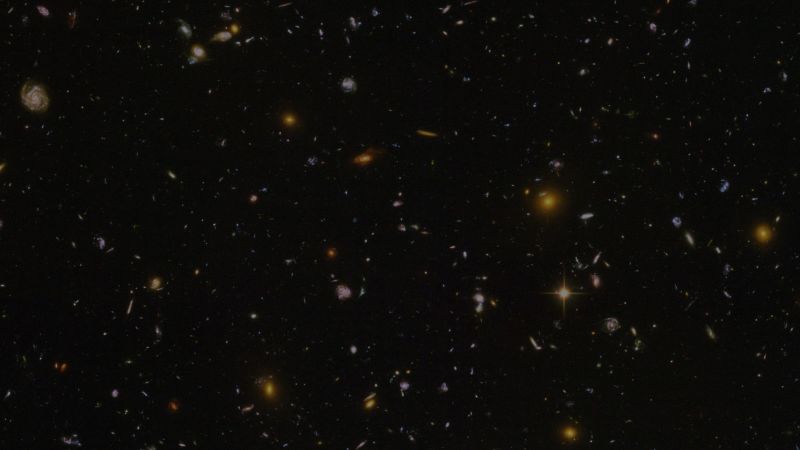Body:
The Earth, about 500 million years ago, was a totally different place. Life in its most primitive form inhabited our planet and among them emerged an array of weird and complex creatures. A time notoriously known as the Cambrian explosion pushed biodiversity to new heights, and it’s a subject that has been intriguing scientists for centuries. Recent studies and scientific methods have shed some light on this intriguing period, helping scientists understand why these odd creatures suddenly appeared.
The first mystery that had perplexed scientists was the sudden diversification of animal life that hit the Earth hard during the Cambrian period, occurring approximately 541 million years ago. The early ancestors of most major groups of animals, including arthropods, mollusks, and chordates, came into being during this remarkable period. The emergence of these new species did not only change the landscape of the earth but also the dynamics of life that was yet to evolve.
These species were nothing like we have today. The organisms that emerged during the Cambrian explosion were not only diverse but also complex and unusual. Creatures like the five-eyed Opabinia with a grasping claw, the armored slug-like Wiwaxia, and the spiky, bottom-dwelling hallucigenia were products of this evolutionary dance. Each one of these creatures was a testament to the dynamic and unpredictable nature of evolution.
But why did these complex creatures evolve suddenly and why during this particular period? According to a study by scientists at the University of Exeter, the sudden appearance of these complex creatures was triggered by a combination of key environmental changes. The evolution of genes that gave organisms the ability to sense and react to their environments, as well as changes in the planet’s chemistry and geography, are believed to have played a significant role.
One of the key elements in this puzzle was the massive increase in oxygen levels. This not only gave life a new element to work with, but it also provided the energy necessary for more complex metabolisms and cellular structures. These factors allowed for the increase in the size and complexity of these organisms.
The proliferation of shallow marine habitats that occurred during the Cambrian period is another environmental change that had a big impact. These environments provided a greater opportunity for speciation, as organisms were able to adapt to the vast array of microenvironments in these habitats. They offered a diversified playing field for organisms to compete, adapt, and evolve into fresh, uncanny species.
Underpinning all these environmental catalysts was genetic evolution. As organisms increased in complexity, so too did their genetic makeup. The development of new genes and the reorganization of existing ones caused significant morphological changes, further accelerating evolution during the Cambrian explosion.
Moreover, another theory suggests that the development of vision played a key role in the Cambrian explosion. The evolution of eyes not only provided organisms with a new way to interact with their environment, but it also paved the way for the development of predatory-prey relationships, leading to an arms race that would drive further evolution.
In summary, the emergence of these weird, complex creatures during the Cambrian explosion was the result of a combination of environmental changes and genetic evolution. The interaction between evolving life forms and the changing Earth created an environment conducive to an unparalleled explosion of life, showcasing the adaptability and resilience of life on Earth. This period of rapid evolution and diversification of organisms resulted in the life forms we see today, serving as a testament to the dynamic and unpredictable nature of evolution.




